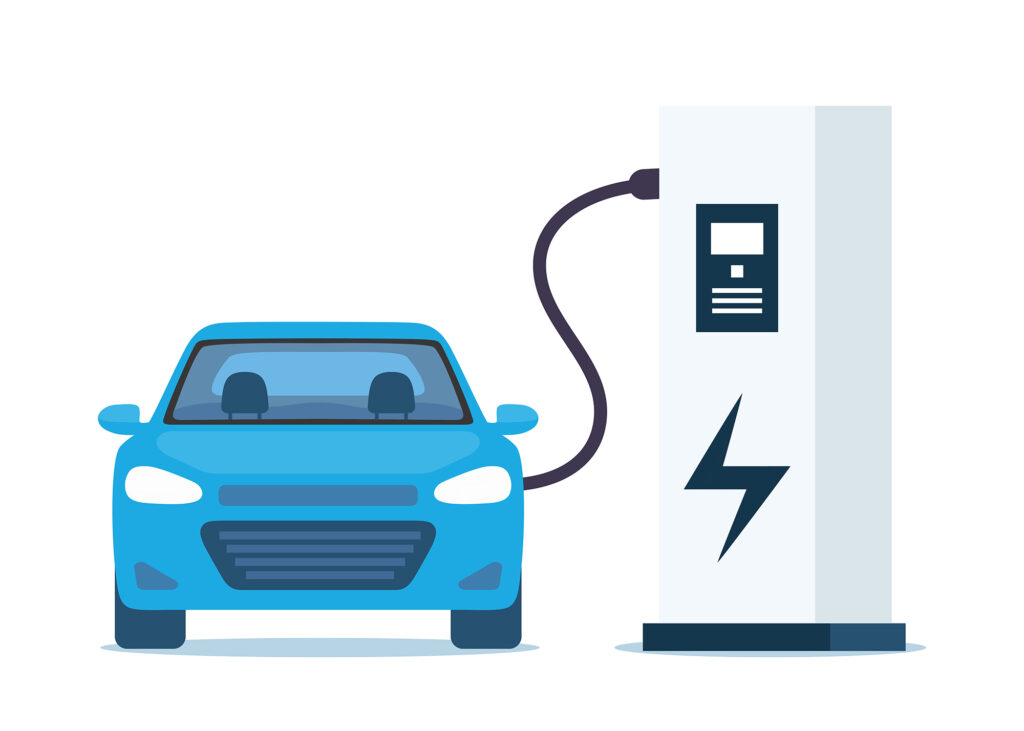Overcurrent Protection
Overcurrent protection is a safety feature that is designed to prevent electric vehicle (EV) chargers from overloading. This can happen if the charger is drawing too much current, which can lead to a fire or other damage. Overcurrent protection is typically provided by a circuit breaker or fuse, which will automatically disconnect the power to the charger if the current exceeds a certain threshold.
There are two main types of overcurrent protection for EV chargers:
- Internal overcurrent protection: This type of protection is built into the charger itself. It typically consists of a circuit breaker or fuse that is located inside the charger.
- External overcurrent protection: This type of protection is provided by a circuit breaker or fuse that is located outside of the charger. It is typically used in addition to the internal overcurrent protection that is built into the charger.
Overcurrent protection is an important safety feature that can help to prevent fires and other damage. It is important to make sure that your EV charger has adequate overcurrent protection.
How does overcurrent protection work?
Overcurrent protection works by detecting when the current flowing through an electrical circuit exceeds a certain threshold. When this happens, the overcurrent protection device will automatically disconnect the power to the circuit. This prevents the circuit from overheating and causing a fire or other damage.
There are two main types of overcurrent protection devices:
- Circuit breakers: Circuit breakers are mechanical devices that use a bimetallic strip to detect when the current flowing through a circuit exceeds a certain threshold. When this happens, the bimetallic strip will bend and cause the circuit breaker to open, which will disconnect the power to the circuit.
- Fuses: Fuses are electrical devices that use a small piece of metal to detect when the current flowing through a circuit exceeds a certain threshold. When this happens, the metal will melt and cause the fuse to open, which will disconnect the power to the circuit.
Why is overcurrent protection important for EV chargers?
EV chargers can draw a significant amount of current. If the charger is not properly protected, it can overheat and cause a fire or other damage. Overcurrent protection helps to prevent this by automatically disconnecting the power to the charger if the current exceeds a certain threshold.
How do I know if my EV charger has overcurrent protection?
The best way to know if your EV charger has overcurrent protection is to check the charger’s documentation. The documentation should state the type of overcurrent protection that is provided by the charger.
If you are not sure if your EV charger has overcurrent protection, you can contact the manufacturer of the charger. The manufacturer should be able to provide you with information about the overcurrent protection that is provided by the charger.
What should I do if my EV charger does not have overcurrent protection?
If your EV charger does not have overcurrent protection, you should have it installed. Overcurrent protection is an important safety feature that can help to prevent fires and other damage. You can have overcurrent protection installed by a qualified electrician. The electrician will install a circuit breaker or fuse that is sized to the amperage of the EV charger.
Contact Us at powermidwest.com.

